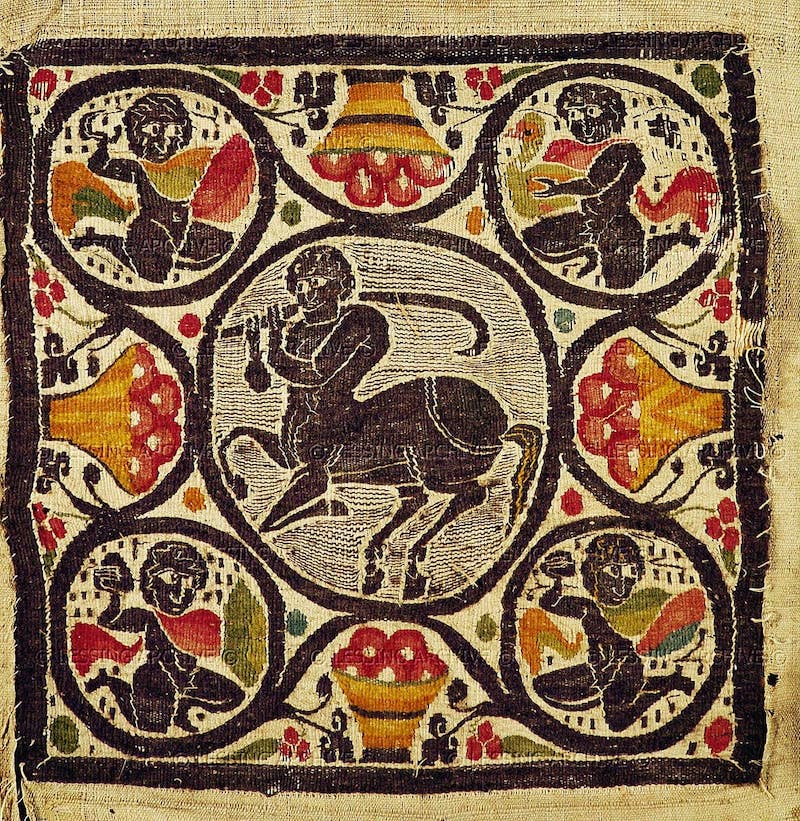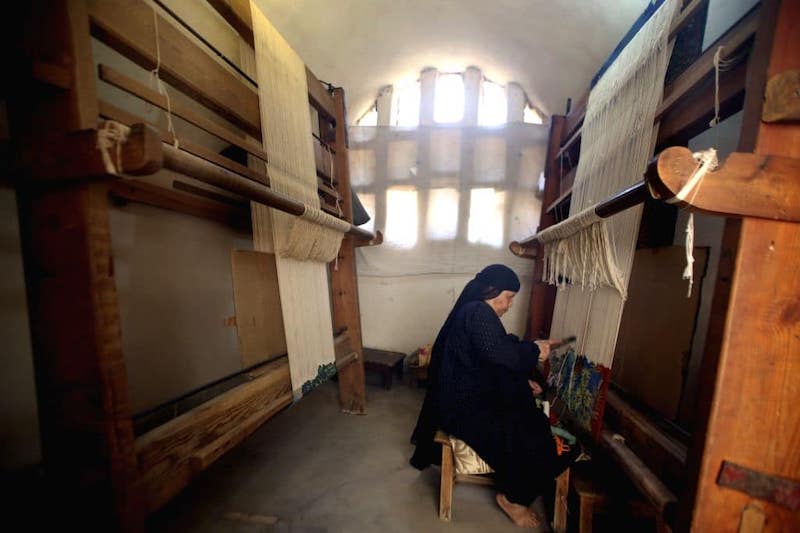By: MONA ABDOU
Egypt’s earliest memories were printed on papyrus, and its more modern ones, woven into tapestry. Tapestry-making has directed stories in Egypt for well over nine centuries, becoming elemental to both beauty and storytelling, warm homes and craftsmanship.
By fickle, flickering lamplight early Copts redefined tapestry-making on the Mediterranean, their skill sets dissolving into masterworks that still, to this day, are lauded for being a “bridge between the art of the ancient world and the art of the Middle Ages.”
The craft came with its own morbidities; as paganism faded from Egyptian ideology, so did the practice of mummification. As a result, emphasis was then placed on thread: on the clothes, furnishings, and tapestries buried with the dead.

Although few have survived to the present day, many tapestries were used to embellish Church walls, considered religious “wall hangings” that served both decorative and spiritual ends.
Coptic tapestries interwove timelessness and artistry; from woolen wefts on linen warps to bright white cotton, fabrics were alternated between in order to ensure durability and beauty alike. Embroidery became a staple of most tapestries, including less traditional carpet variants and ornamental motifs.
Despite the outreach of Christianity in Egypt, some tapestries whisper ancient influences; many Coptic trimmings drew from ancient Egyptian motifs, including those of the funerary cult of Osiris and the grapevine or ivy wine amphora.

The cult of Osiris was a dedicated, jubilant group of worshippers centered in Abydos, Egypt during the Middle Kingdom. The locale was considered the “Terrace of the Great God,” and his actual tomb. An image of him would be wrapped and buried during an annual procession designed to honor the funerary deity.

Alternatively, tapestries drew on more than the divine – they became vehicles of soundless storytelling, provocations of boy-warriors and desert critters, hunters galloping fields.
Today, Egypt’s most famed tapestry workshops exist in al-Harrania. As a craft that “demanded dedication” and only just scratched the ideological topsoil of Egyptian life, handmade tapestries feature in nearly every home. Simple depictions of camels and horseback hunters, others of rabbits and fauna, feature heavily in today’s Egyptian art – some elaborate, massive tapestries, while others remain inconspicuous yet ornate.
Storytelling has evolved in silence – boundless and beautiful – on Egyptian tapestries.




















